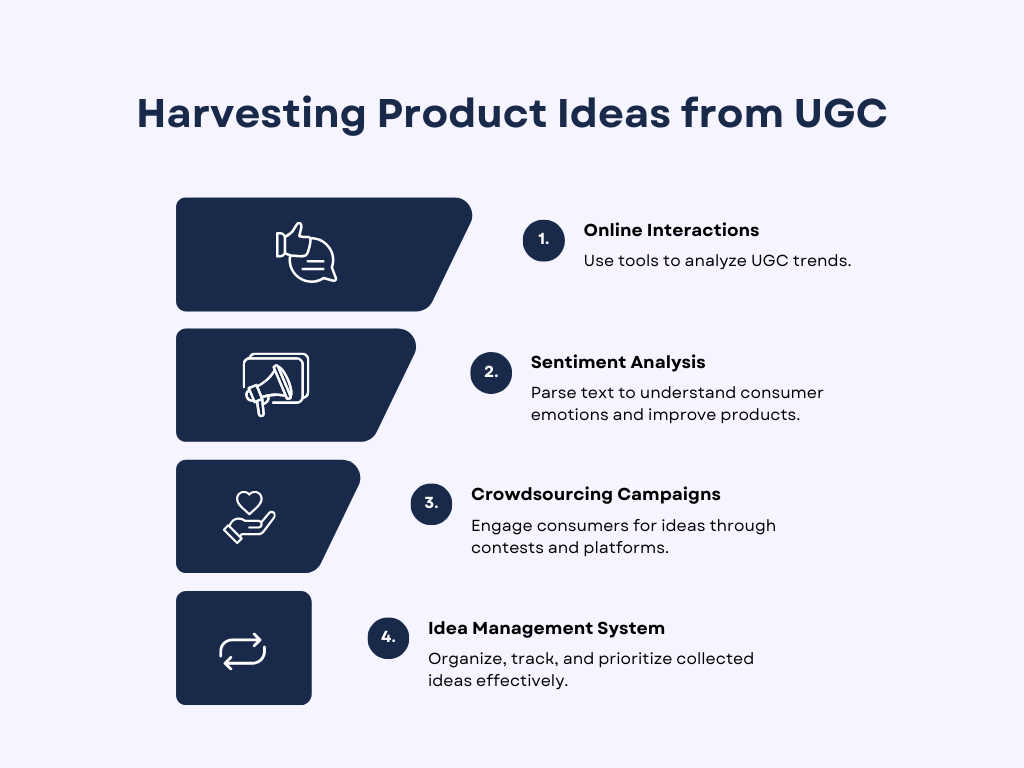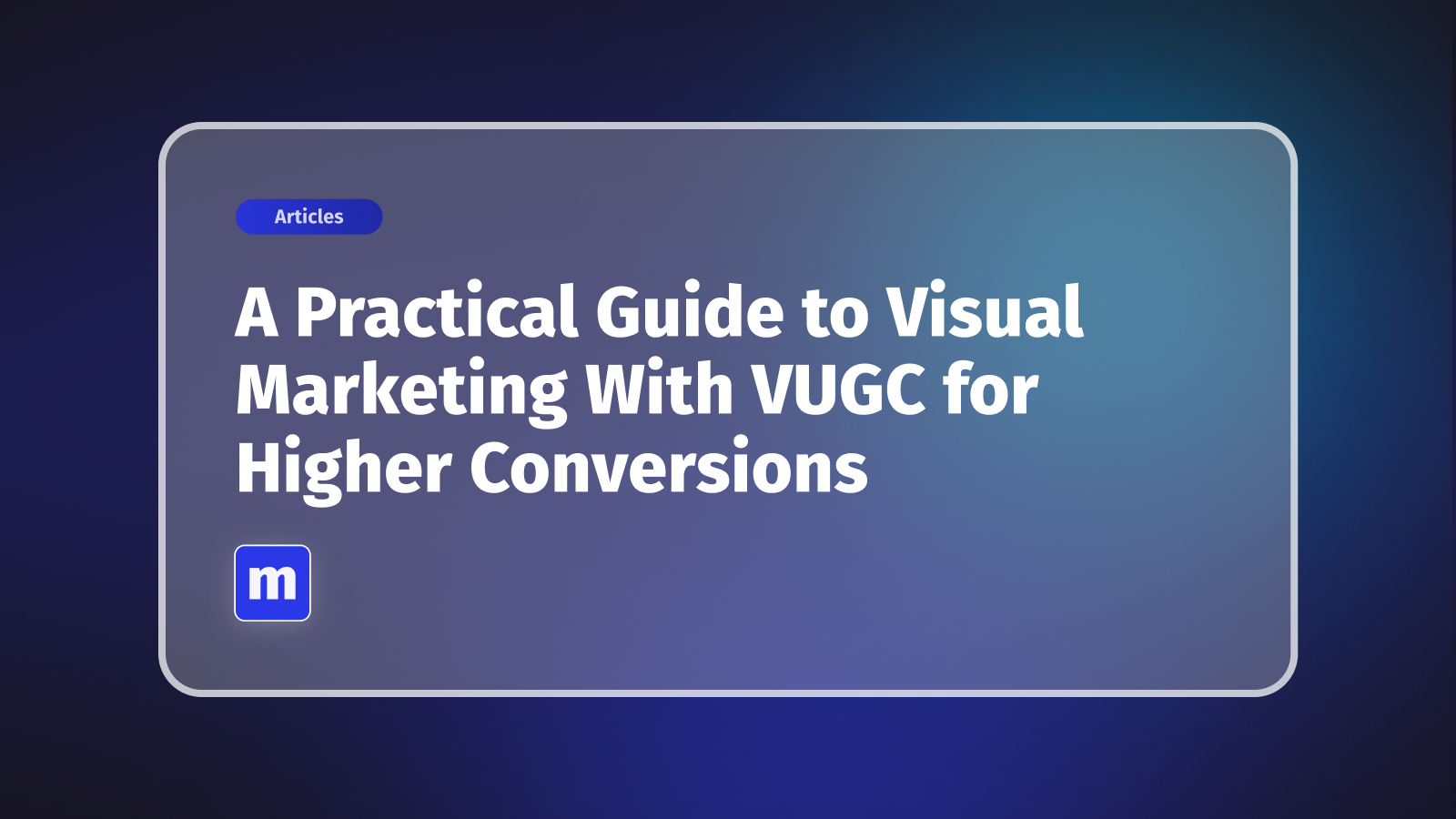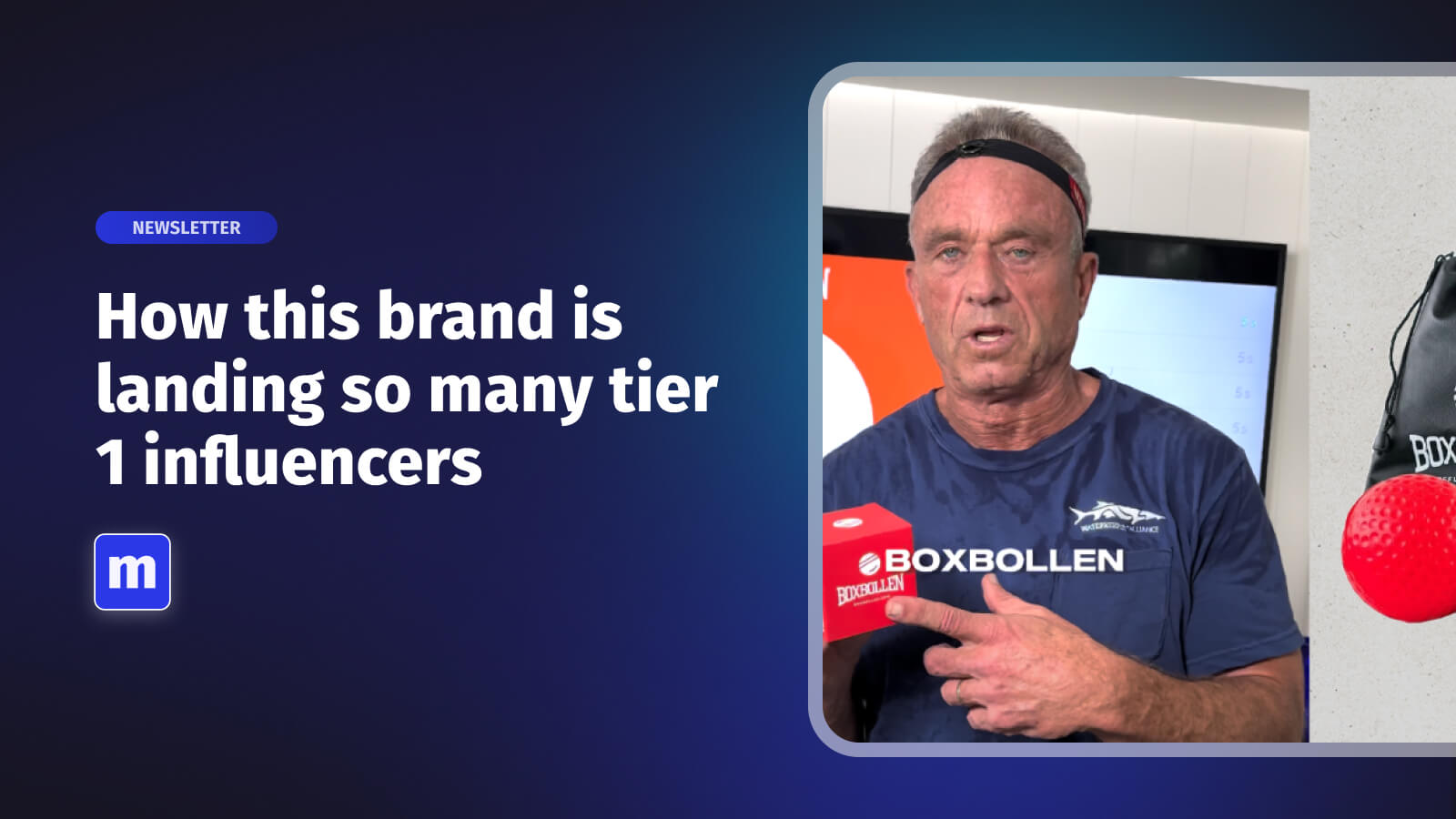
Companies that listen actively and adapt based on consumer feedback are often those that lead their industries. User-generated content (UGC)—which includes everything from online reviews and social media posts to customer surveys and forum discussions—offers a treasure trove of insights into consumer needs and desires. Leveraging UGC can transform the traditional product development process into a dynamic, customer-driven innovation engine.
Real-time feedback via UGC not only provides a clear picture of customer satisfaction but also serves as a springboard for new product ideas and improvements. By integrating UGC into their development processes, businesses can align more closely with their market's demands, reduce the risk of product flops, and accelerate the iteration cycle. This approach not only enhances product relevance and appeal but also fosters a stronger connection between brands and their audiences, creating a sense of co-creation and loyalty.
This blog explores the transformative potential of UGC in product development, from conception to post-launch, and how businesses can harness its power to fuel innovation and growth.

The Role of UGC in Product Lifecycle
User-generated content (UGC) plays a pivotal role throughout the product lifecycle, offering invaluable insights that can significantly enhance the development process from conception to post-launch. By integrating UGC at each stage, companies can ensure their products not only meet but exceed consumer expectations.
Conception and Ideation: The earliest stages of product development (Processes for Product Development) are critical for setting direction and goals. Here, UGC can be a goldmine for capturing the voice of the customer. By analyzing social media posts, reviews, and consumer surveys, companies can identify unmet needs and desires within the market. For example, a tech company might use forums and tech blogs to gauge interest in potential features for a new gadget. This real-time feedback helps prioritize features that are most desired by the target audience, thereby aligning product specifications with consumer demands from the very beginning.
Development and Testing: As the product takes shape, UGC becomes essential in refining and adjusting its features. Crowdsourced beta testing allows real users to provide feedback on prototype versions, which can lead to critical adjustments before the final product is launched. This stage often utilizes detailed review data and user forums to identify bugs or suggest enhancements, enabling developers to make changes that significantly improve usability and satisfaction.
Post-Launch: After the product hits the market, UGC remains crucial for iterative development. Post-launch reviews and ongoing consumer feedback highlight areas for improvement and can guide subsequent versions of the product. Successful companies keep a close watch on user comments and ratings to swiftly address any concerns and to stay ahead of competitors. Furthermore, engaging with consumers through responses to their UGC fosters a sense of community and loyalty, enhancing brand reputation and encouraging ongoing dialogue.
By integrating UGC throughout the product lifecycle, companies not only tailor their products more effectively but also engage in a continuous cycle of feedback and improvement, ensuring that their offerings remain relevant and highly valued by consumers.
Techniques for Harvesting Product Ideas from UGC
Harvesting product ideas from user-generated content (UGC) is a strategic approach that taps directly into the consumer's mindset, offering businesses innovative insights that can shape future products. Effective techniques to extract these ideas range from analyzing online interactions to orchestrating large-scale crowdsourcing campaigns.
Analyzing Online Interactions: Social listening tools and analytics software play crucial roles in extracting actionable insights from UGC. These tools analyze data from various online platforms, including social media, forums, and review sites, to identify trends, common themes, and consumer sentiments. For instance, a spike in discussions around certain product features can signal a strong consumer interest, suggesting potential areas for new product development or enhancement. Advanced analytics can further break down this data by demographic segments, providing targeted insights that help tailor products to specific consumer groups.
Sentiment Analysis: This technique involves parsing text from reviews and comments to assess the emotional tone behind words. It helps companies understand not just what consumers are saying, but how they feel about their products or services. Sentiment analysis can reveal pain points and delights in existing products, guiding developers in fine-tuning features or addressing deficiencies in future iterations.
Crowdsourcing Campaigns (crowdsourcing for marketing): Beyond passive observation, actively engaging consumers through crowdsourcing allows companies to gather a wide range of ideas and feedback. Crowdsourcing can be facilitated through online contests, dedicated platforms, or social media channels where users are invited to submit their ideas or vote on proposed concepts. This not only generates a wealth of ideas but also engages the community, building stronger customer relationships. For example, a company might use a platform like IdeaScale or Kaggle to host an innovation challenge, encouraging users to propose new product ideas or solve specific problems.
Idea Management Systems: Once ideas are collected, they need to be managed and evaluated effectively. Idea management systems can help organize, track, and prioritize these suggestions based on various criteria such as feasibility, market potential, and alignment with business goals. These systems often include collaboration tools that allow teams to refine ideas and develop prototypes, ensuring that the best concepts are brought to fruition.
By employing these techniques, companies can leverage UGC not just as a feedback mechanism but as a powerful driver of innovation. This proactive engagement helps ensure that new products are not only inspired by consumer insights but are also more likely to meet their expectations and needs. At Moast, we have experience in helping brands deal with all of the challenges and successes of implementing UGC into their sales strategies.

Integrating UGC into R&D Processes
Integrating user-generated content (UGC) into research and development (R&D) processes is a strategic approach that helps companies innovate with precision and respond to market needs with agility. However, the integration of such real-time and varied data presents unique challenges and requires a methodical approach to be effective.
Challenges of UGC Integration: One of the main hurdles in integrating UGC into R&D is the sheer volume and variety of data. User comments, reviews, social media posts, and survey responses can be overwhelming and diverse in terms of quality and relevance. Ensuring the reliability and usability of this data is crucial. Moreover, aligning this unstructured feedback with structured R&D processes demands robust analytical tools and clear strategies for data integration.
Data Analysis and Tools: To effectively incorporate UGC into R&D, companies must use advanced data analysis tools that can sift through large datasets to find actionable insights. Tools like natural language processing (NLP) and machine learning algorithms are essential for parsing and interpreting the vast amounts of textual data generated by users. These technologies help identify trends, patterns, and consumer sentiments that are critical for informed decision-making in product development.
Feedback Loops: Creating systematic feedback loops is critical for incorporating UGC into ongoing R&D efforts. This involves not only collecting and analyzing UGC but also ensuring that insights are fed back into the product development cycle in a timely manner. Regular review meetings, integration of UGC insights into digital R&D dashboards, and agile response teams are effective ways to ensure that consumer feedback rapidly influences product enhancements and innovations.
Cross-Functional Teams: Facilitating collaboration between R&D, marketing, customer service, and IT departments can enhance the effectiveness of UGC integration. Cross-functional teams can help bridge the gap between raw user feedback and sophisticated product development processes. These teams can prioritize feedback, test hypotheses, and iterate quickly on product prototypes.
Integrating UGC into R&D is not just about collecting data; it's about embedding consumer insights into the fabric of product development. This approach not only enhances product relevance and innovation but also strengthens the consumer's voice in the creation process, ultimately leading to products that truly resonate with the market.
Case Studies: Innovations Driven by UGC
The following case studies illustrate how companies have successfully harnessed UGC to drive product development and achieve remarkable results.
1. Lego Ideas Platform: Lego's Ideas platform is a prime example of UGC driving innovation. The platform allows users to submit their own Lego set designs, which the community then votes on. Designs that receive a certain number of votes are reviewed by Lego and potentially turned into commercially available sets. This initiative has not only engaged Lego's fan base but also brought fresh creativity into their product line. For instance, the fan-designed "NASA Apollo Saturn V" became a best-seller and was celebrated for its accuracy and attention to detail, all originating from a Lego enthusiast's passion and expertise.

2. Starbucks' My Starbucks Idea: Starbucks launched the "My Starbucks Idea" platform to crowdsource suggestions from customers, ranging from new beverage options to potential service improvements. This initiative led to the creation of several new offerings, including the now-popular Pumpkin Spice Latte. The platform enabled Starbucks to tap directly into consumer desires, leading to innovations that significantly boosted sales and customer engagement.
3. Dell’s IdeaStorm: Similar to Starbucks, Dell utilized its IdeaStorm platform to gather insights and ideas from customers. Launched in 2007, the platform has influenced many of Dell's decisions regarding product features and services. For example, customer feedback gathered through IdeaStorm led to the development of Linux-based systems and environmentally friendlier packaging solutions. This direct line to consumer feedback has helped Dell to refine its products and align more closely with user needs and sustainability goals.
These case studies demonstrate the transformative potential of integrating UGC in product development. By actively engaging consumers and inviting them to contribute ideas, companies can foster a collaborative environment that not only enhances innovation but also strengthens customer relationships and brand loyalty.
The Future of Product Development Lies in User-Generated Content
Embracing user-generated content (UGC) in product development represents a transformative shift towards more dynamic, customer-driven innovation. By integrating real-time feedback directly from users, companies can not only refine their products but also foster a deeper connection with their audience. This approach enables businesses to respond more swiftly and effectively to consumer needs and preferences, ensuring that new products are not just market-ready but are market-driven.
The integration of UGC into the product lifecycle isn't just about gathering information—it's about engaging with a living, evolving user base whose insights can lead to groundbreaking innovations. The success stories highlighted in this blog demonstrate that when companies listen to their users, they don't just solve existing problems—they discover opportunities for new offerings that could redefine their markets. Here at Moast , we know all of the ins and outs of integrating UGC into a brand’s sales and product development strategies.
For businesses looking to stay competitive in fast-paced industries, adopting a UGC-centric approach can be a game-changer. It invites continuous innovation and improvement, making products not only better suited to the market's current demands but also more adaptable to future changes. We encourage all forward-thinking companies to leverage the power of UGC and place their customers at the heart of their development process. This isn't just a strategy; it's the future of product development.
Related content
Turn your social content into a revenue channel
Turn your TikToks and Reels into shoppable videos and boost conversions by 3.5x.













